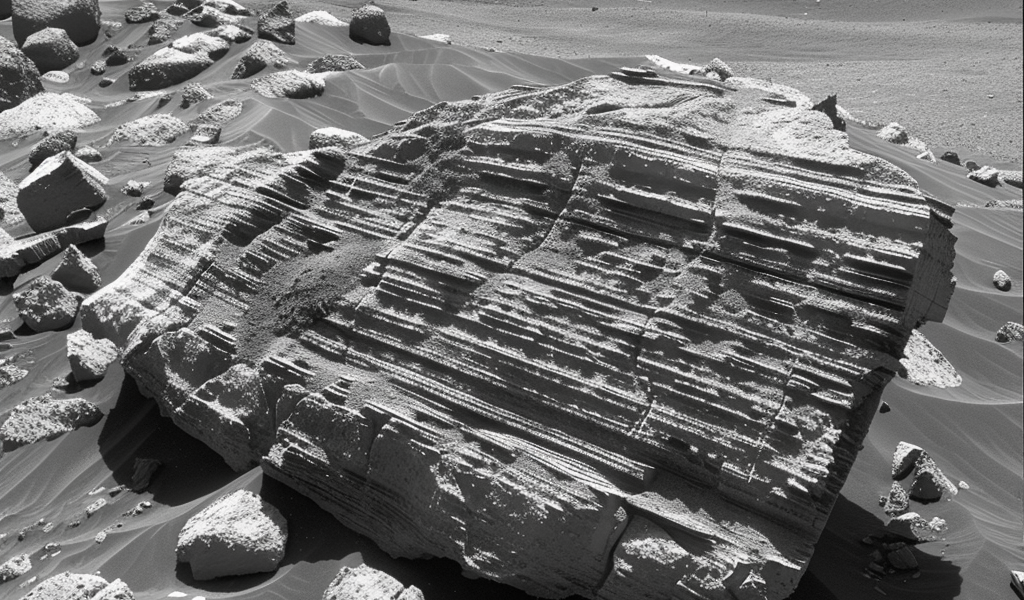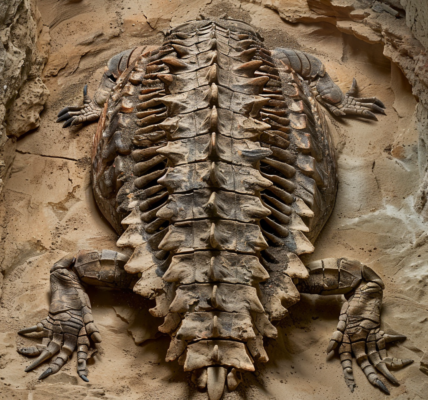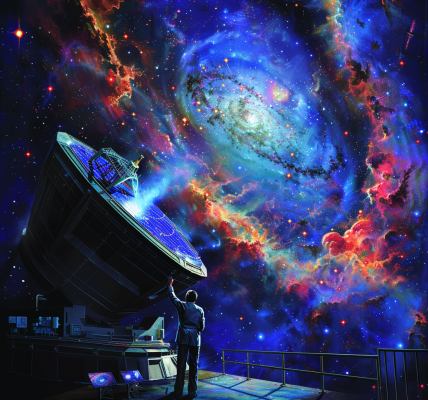NASA’s Perseverance rover has made a remarkable discovery on Mars, capturing images of a unique black-and-white striped rock, which scientists have dubbed “Freya Castle.” This intriguing geological formation was photographed using the rover’s Left Mastcam-Z camera on September 13, 2024, during its exploration of the Jezero crater.
Located in a region that has been extensively studied, Freya Castle stands out due to its unusual striped texture, unlike any rock previously observed on the Martian surface. The rover had already moved away from the area by the time the images were transmitted back to Earth, revealing a fascinating glimpse into the planet’s geological history.
NASA scientists are currently analyzing the rock’s composition, although they have indicated that their understanding remains preliminary. Initial interpretations suggest that the stripes may have formed through igneous and/or metamorphic processes. Igneous processes involve the crystallization of magma, while metamorphic processes refer to the transformation of rock composition due to extreme heat and pressure.
Measuring approximately 8 inches (20 centimeters) across, Freya Castle is described as a loose rock that differs significantly from the bedrock beneath it. This has led scientists to speculate about its origin, with one hypothesis suggesting that it may have rolled down from a higher elevation within the crater.
NASA representatives expressed excitement about the potential of finding more of this new rock type as Perseverance continues its ascent up the steep slopes of Jezero crater. The rover, which landed on Mars in February 2021, has been systematically exploring the crater’s terrain in search of signs of ancient life and clues about the planet’s geological history.
The discovery of Freya Castle adds to the growing list of fascinating findings made by the Perseverance rover since its arrival on Mars. As it climbs higher, scientists hope to encounter additional outcrops of this unusual rock, allowing for more detailed measurements and insights into its formation.
This latest finding underscores the ongoing importance of Mars exploration and the role of rovers like Perseverance in uncovering the mysteries of the Red Planet. As scientists continue to analyze the data and images sent back by the rover, the potential for new discoveries remains high, providing valuable information about Mars’ past and its geological processes.
The Perseverance rover’s mission is part of NASA’s broader efforts to explore Mars, which includes the search for biosignatures and the study of the planet’s climate and geology. With each new discovery, scientists are piecing together the history of Mars, enhancing our understanding of not only the planet itself but also the potential for life beyond Earth.
As the rover continues its journey, the scientific community eagerly awaits further updates and findings that could reshape our understanding of the Martian environment and its geological diversity.





